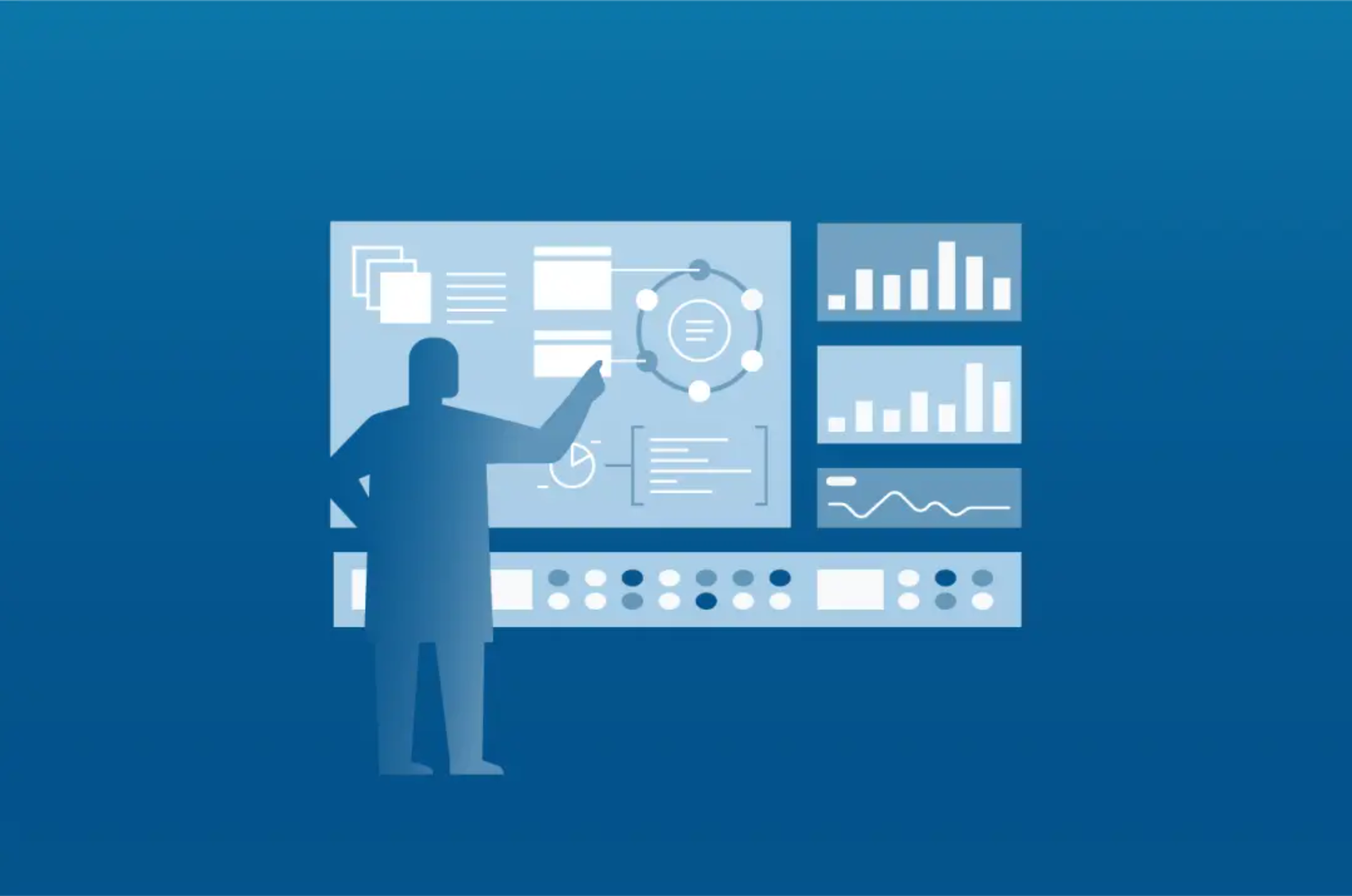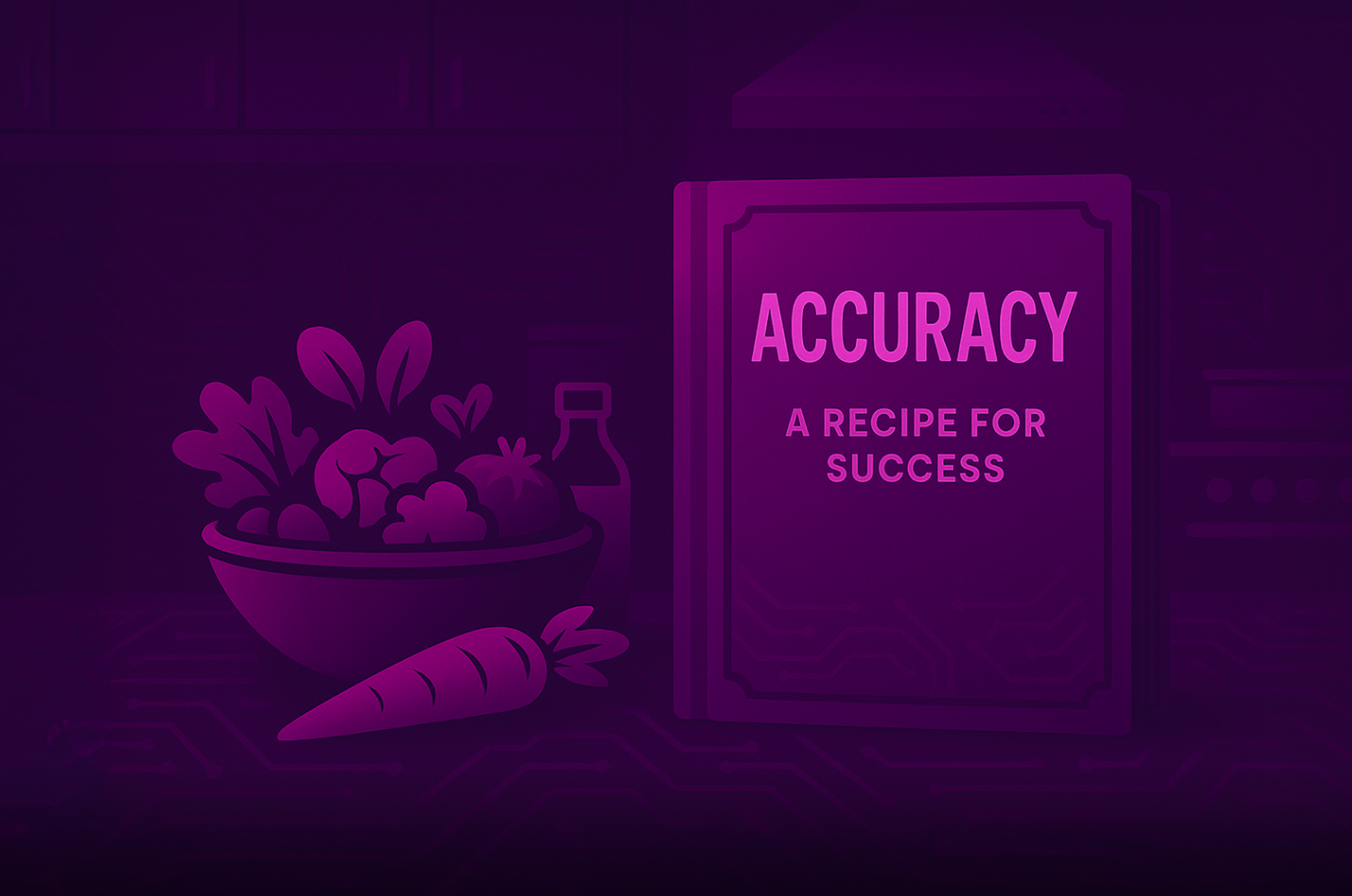As IoT-enabled supply chains increase exponentially in the oncoming years, data management specialists are faced with a new challenge: handling IoT data at scale.
The speed and velocity of data that will be generated with the adoption of 5G and the use of connected vehicles and devices means there will be dozens of new data points to manage. While the huge gain in data will be valuable to the growth of several industries, it will also be problematic for companies that do not have the IT infrastructure in place to cope with the changes ahead.
Here are some ways IoT is changing data management and what organizations can do to prepare for the big transition ahead:
New Era of Data Management
The rapidly growing number of IoT use cases in the next decade, prompted by 5G mobile data networks, means that some data will require an immediate response and real-time analytics will be critical for managing data in both the short term and long term.
From connected cars to connected appliances, organizations of all sizes will have new data management needs. Since very few organizations want to build out and manage their own data centers on the grand scale the new economy will demand, they need to explore other options and create a strategic plan for the future.
Handling the Influx of New Data
Managing how data enters the organization is critical for an organization that’s growing rapidly and accommodating for new technologies. A cloud database can help organizations that want to be ready for IoT—public cloud services can easily scale to meet growing demand and either hybrid or multi-cloud deployments will be effective solutions for scaling data operations.
However, the only way organizations can benefit from moving to a multi-cloud platform is with an integration strategy. This poses some inherent challenges and organizations will need to consider the costs of integration and customization for certain applications. In some cases, applications will need to remain on premises because the costs to customize and move them is just too high.
A hybrid application model is still the ideal solution but organizations need to be able to move and replicate data across its architecture quickly to maximize the benefits of this effort. A hybrid cloud database solution can adequately prepare businesses for the big increases in data capacity from IoT adoption and can also duplicate data in real time when managing migrations to new cloud-based applications, without causing any major disruptions or loss of service.
Next Steps for Organizations
5G adoption on the grand scale won’t happen for a few years but now is a great time for organizations to start planning their data management strategy and considering integration options. Businesses that are adequately prepared for this transition will have a competitive advantage.
Creating systems that support scalability, data availability, and distributed computing will be critical for ensuring all applications run successfully and can accommodate for the larger volumes of incoming data.













